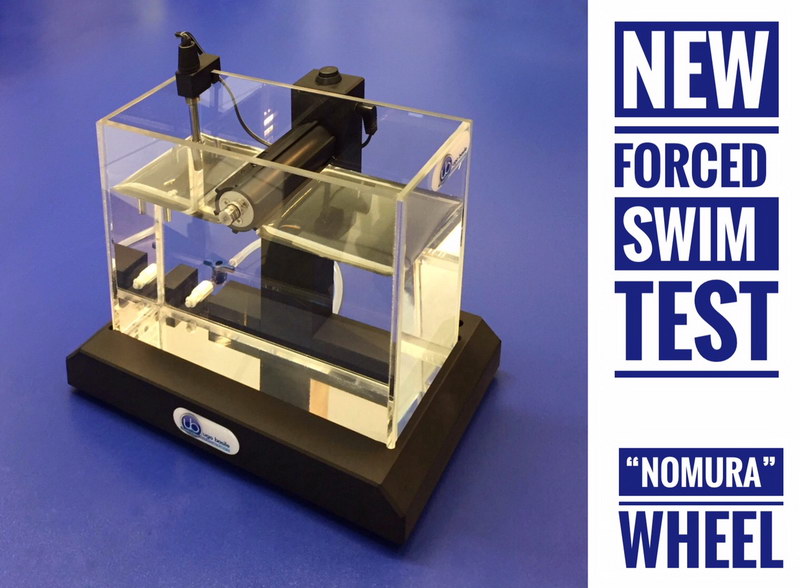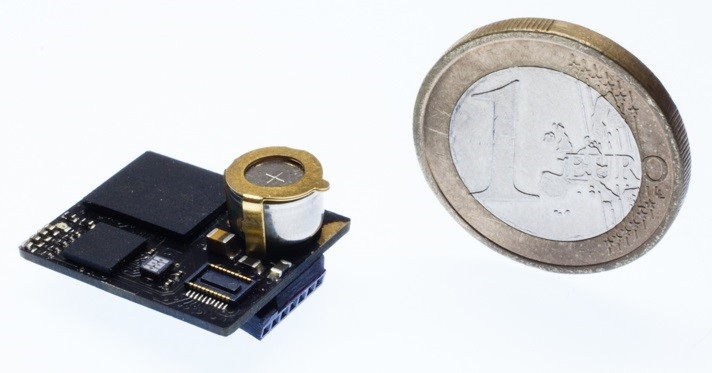Ugo Basile
New tools for better behavioural data: reports from beta testing demonstration showcase
Organisers:
Federico Oggioni and Cinzia Boldi, Ugo Basile, Italy
Gernot Riedel, University of Aberdeen, Scotland
Schedule: Thursday 7th June 16:00 - 17:00, G27.
Description:
Lack of translatability of data acquired in rodents to human subjects still poses problems as behavioural testing in the two species is difficult to align. This has led to the development of novel paradigms to model the human situation in animals, mainly rodents, more truthfully. Many such developments have started in the laboratory of academics, yielded simple prototypes and were then improved and distributed by companies. In this session, we will take a closer look at recent developments advanced by the company Ugo Basile (Varese, Italy). Based on a long-lasting expertise and commitment to build species-appropriate tools for researchers, the company has assembled new tools and distributed them for beta testing. The speakers are all specialists in their field and reflect on recent tests conducted with novel equipment, which in some cases is not yet commercially available. The audience is invited to take a ‘pre-view’ at these developments, get preliminary information on tests of tomorrow and can engage in a critical discussion with engineers and beta-testers on how to measure behaviour in the future.
1. Forced Swim Test (Nomura Wheel)
- Nomura: A novel and advanced forced swim test: use of the Forced Swim Test with Water Wheel to assess age-dependent depression-like behavior in c-rel-/- mice, a novel Parkinson’s disease model
- Edoardo Parrella, UNIVERSITY OF BRESCIA, Brescia, Italy

Parkinson’s disease, the most common neurodegenerative movement disorder, is also characterized by early non-motor symptoms, including depression. We have recently shown that mice lacking NF-kB/c-Rel transcription factor (c-rel-/- mice) develop an age-dependent parkinsonian pathology and phenotype.
In order to evaluate whether mice lacking c-Rel display also a depression-like behavior, we tested c-rel-/- and wild-type mice at different ages with the Forced Swim Test with Water Wheel. This apparatus consists of a small wheel free to rotate set in a tank filled with water. When mice are placed in the tank, their natural response is to attempt to escape climbing the wheel. The automatically scored number of wheel rotations provides a direct and objective measure of the mouse escape attempts and is inversely correlated with the depression-like behavior.
The results obtained with the Forced Swim Test with Water Wheel suggest that c-rel-/- mice develop with ageing a depression-like behavior
2. Thermal Gradient Ring (Zimmermann method)
- A new way to detect temperature preference in rodents.
- Giulia Magni (speaking for K. Zimmermann), UNIVERSITY OF MILAN, Milan, Italy

Currently-available mouse behavioral assays to quantify cold avoidance or thermal preference have created conflicting results. Some only capture a limited spectrum of thermal experiences, others are prone to experimenter bias or are not sensitive enough to detect the contribution of proteins to thermal sensing because in mice smaller alterations in temperature perception often do not manifest as measurable behavioral changes. To overcome current limitations, we have designed a novel thermal preference device that is automated, permits free movement and eliminates experimenter bias. The device represents a thermal gradient assay designed as a circular running track. It allows discerning exploratory behavior from thermal selection behavior and shows increased accuracy via duplicate measures and lack of edge artefacts. The assay allows increasingly accurate phenotyping of thermal sensitivity as demonstrated by the precise validation of the phenotypes of mice deficient of one or both cold transducer ion channels TRPM8 and TRPA1.
3. Agora
- A place for social interactions
- Sheila Sanchez, ABERDEEN UNIVERSITY

Developing tools for the assessment of social skills in mouse models is essential to further advance in the understanding of these diseases. Social interaction in rodents and especially mice is highly dependent on smell. Our specific interest in smell related behaviours arose from our current work on understanding mechanisms of Parkinson’s disease (PD).
The Agora paradigm has been successfully employed to study social recognition in wildtype mice from different strains, showing that male mice can identify a stranger mouse among 5 recently acquainted animals. The main principle of this test is based on the free choice by a subject mouse to spend time in any part of an open circular arena - reminiscent of the Greek open spaces in the centre of a village, town, city (ἀγορά) - attached to 5 different cubicles with an animal inside each. It consists of two experimental sessions, the second of which includes a stranger animal never encounter before in one of the cubicles. To quantify social tendencies of the experimental mouse, the main task is to measure the time spent with a stranger mouse in comparison with the already encounter ones. Thus, the experimental design of this test allows evaluation of preference for social novelty or the propensity to spend time with a previously un-encountered mouse rather than with a familiar mouse.
4. NAT1
- Long-term wireless EEG recording during spatial and non-spatial behaviours
- Bettina Platt and Barry Crouch, ABERDEEN UNIVERSITY

The Neural Activity Tracker (NAT-1) is a newly developed wireless EEG data-logger specifically engineered for rodent preclinical research applications. 4 individually gain controlled recording channels, amplification digitization and data storage are combined with a 3-axis accelerometer in a single small form factor device. Powered by a single PR48 battery the NAT-1 allows for up to 48 hours of un-interrupted EEG recording and motion detection at sampling rates of up to 1 kHz, it is ideal for the study of pharmaco-EEG, sleep and circadian activity. Its wireless design avoids animal welfare concerns associated with tethered systems and allows EEG recording to be performed with existing equipment (such as home cage observation apparatus) without modification.
An optional on-board infrared receiver module enables intelligent epoch selection and analysis through precise synchronization of EEG with behavioural tracking data (for example EthoVision or AnyMaze). EEG epochs corresponding to specific behavioural events such as a lever press, proximity to an object/interaction partner, decision making, etc can therefore be identified and extracted with confidence and high precision.


.jpg)